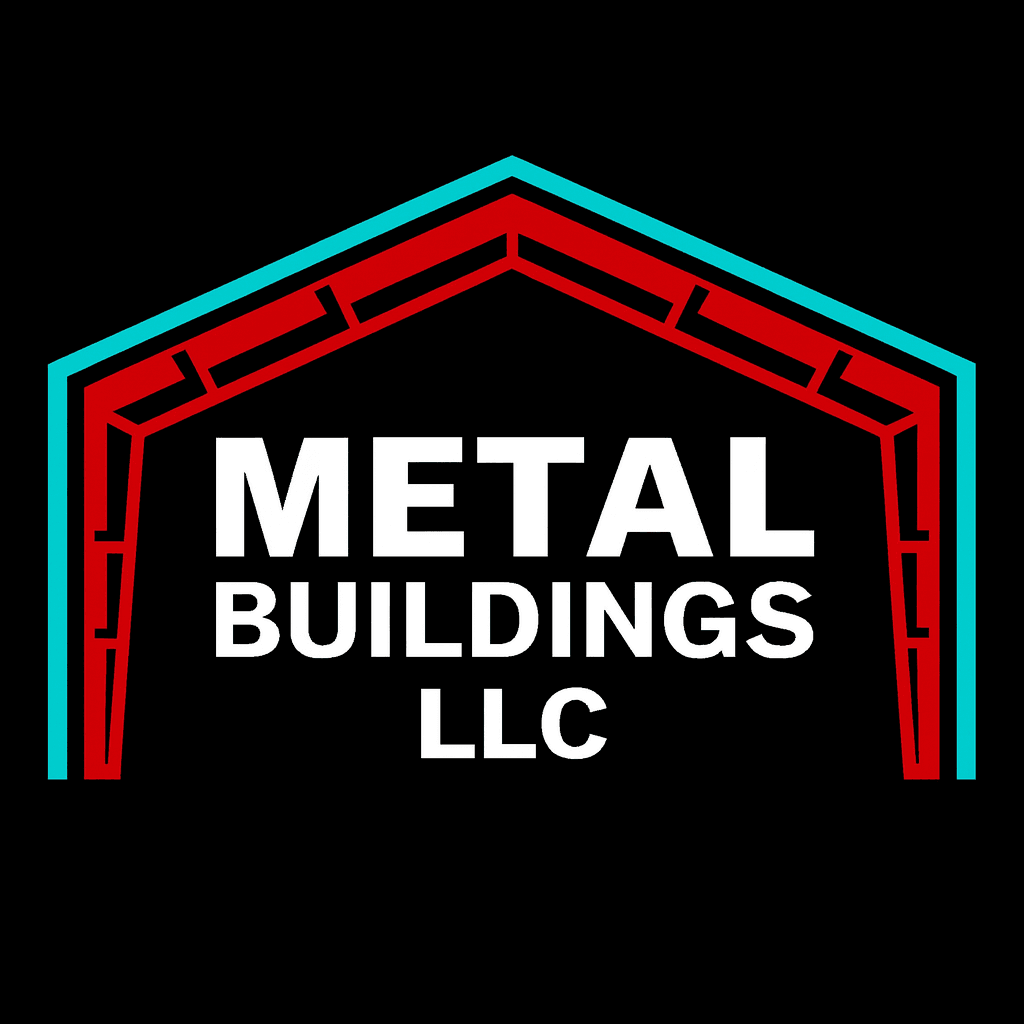Comparing Metal Building Types: Red Iron vs Cold Formed
Understanding Metal Building Types
When it comes to constructing durable and cost-effective structures, metal buildings have become a popular choice. Among the various types available, two of the most commonly used are Red Iron and Cold Formed steel buildings. Each type has its unique characteristics, advantages, and potential drawbacks, making it essential to understand their differences to make an informed decision for your construction project.

What is Red Iron Construction?
Red Iron, also known as steel I-beams, is a prevalent choice in the construction industry. This method uses hot-rolled steel components, which are strong and durable. The name "Red Iron" comes from the red oxide coating applied to protect the steel from rust and corrosion. These structures are renowned for their ability to support large spans, making them ideal for warehouses, factories, and other large buildings.
One of the primary advantages of Red Iron construction is its strength. It can withstand extreme weather conditions and heavy loads. However, this strength comes with a trade-off: these structures tend to be heavier and require more complex assembly processes, often involving cranes and heavy machinery.
Exploring Cold Formed Steel Buildings
Cold Formed steel buildings differ significantly from their Red Iron counterparts. This method involves shaping steel sheets into C-sections or Z-sections at room temperature. The process results in lightweight components that are still incredibly strong. Cold Formed buildings are often used for smaller structures like residential garages, workshops, and smaller commercial buildings.

The main advantage of Cold Formed steel is its ease of assembly. These structures are typically designed for DIY assembly or can be put together with minimal professional assistance. This can significantly reduce labor costs and construction time. However, they may not be as suitable for large-scale industrial projects due to their lighter nature.
Comparing Cost Efficiency
Cost is a crucial factor when deciding between Red Iron and Cold Formed steel buildings. Generally, Cold Formed steel tends to be more cost-effective due to lower material costs and simpler assembly processes. This makes it an attractive option for budget-conscious projects or smaller structures.
On the other hand, while Red Iron buildings may have higher initial costs due to material and labor expenses, they offer excellent long-term value through their durability and low maintenance requirements. It's important to weigh these factors according to the specific needs and budget of your project.

Considering Environmental Impact
Both Red Iron and Cold Formed steel buildings offer environmentally friendly aspects due to the recyclability of steel. However, Cold Formed steel often boasts a slightly smaller carbon footprint because it requires less energy to manufacture and transport.
Choosing between these options should also consider the environmental regulations in your area and how each type aligns with sustainability goals. With growing emphasis on eco-friendly construction practices, understanding these impacts can guide you towards a more sustainable choice.
Making the Right Choice for Your Project
The decision between Red Iron and Cold Formed steel buildings ultimately depends on your specific project requirements, including size, budget, and intended use. For large-scale industrial applications demanding maximum strength, Red Iron might be the best fit. Conversely, for smaller projects where budget and simplicity are priorities, Cold Formed steel could be more suitable.
By understanding the unique benefits and limitations of each type, you can confidently choose the option that aligns with your project's goals and constraints. Whether you're looking to build a massive warehouse or a simple garage, both Red Iron and Cold Formed steel offer reliable solutions for modern construction needs.
